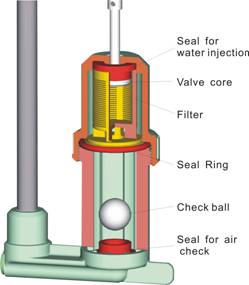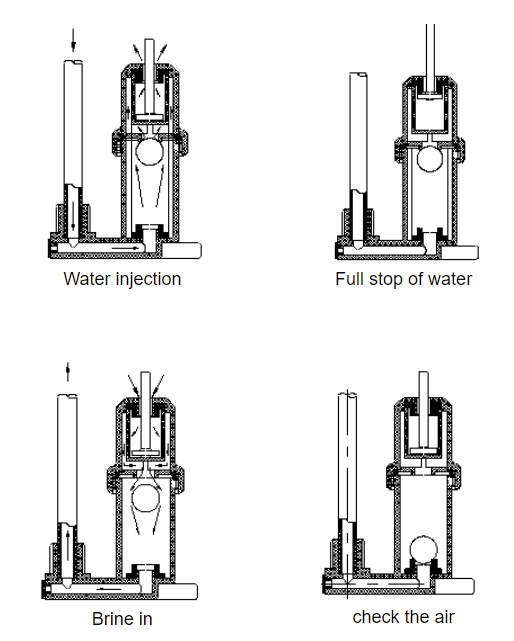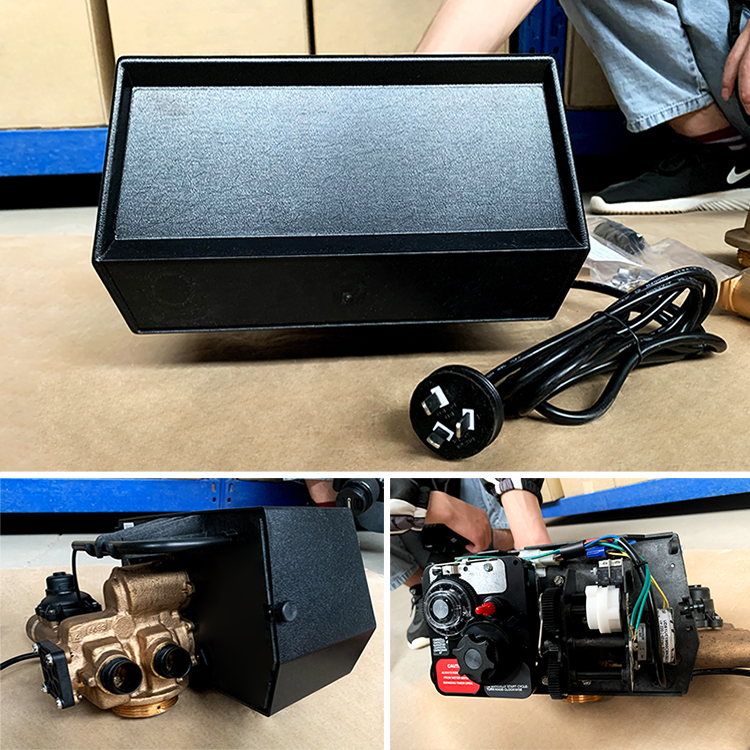“Precision control at your fingertips: How a control valve regulates flow with ease.”
Table of Contents
Types of Control Valves and Their Functions
Control valves are essential components in various industries, including oil and gas, water treatment, and manufacturing. They play a crucial role in regulating the flow of fluids, gases, and steam in a system to maintain optimal operating conditions. Understanding how control valves work is essential for ensuring efficient and safe operation of industrial processes.
There are several types of control valves, each designed for specific applications and operating conditions. The most common types of control valves include globe valves, butterfly valves, ball valves, and diaphragm valves. Each type of valve operates differently and offers unique features and benefits.
Globe valves are one of the most widely used types of control valves. They consist of a movable disk or plug that regulates the flow of fluid through the valve. By adjusting the position of the disk or plug, the flow rate can be controlled to meet the desired setpoint. Globe valves are commonly used in applications where precise control of flow rate and pressure is required.
Butterfly valves are another popular type of control valve. They consist of a disk that rotates around a central axis to regulate the flow of fluid. By adjusting the angle of the disk, the flow rate can be controlled. Butterfly valves are often used in applications where quick and efficient control of flow is required.
Ball valves are another type of control valve that is commonly used in industrial applications. They consist of a spherical ball with a hole in the center that regulates the flow of fluid. By rotating the ball, the flow rate can be controlled. Ball valves are known for their durability and reliability, making them ideal for high-pressure and high-temperature applications.
Diaphragm valves are a type of control valve that uses a flexible diaphragm to regulate the flow of fluid. By adjusting the position of the diaphragm, the flow rate can be controlled. Diaphragm valves are often used in applications where contamination of the fluid is a concern, as the diaphragm isolates the fluid from the valve body.
| Mode | MF2 | MF2-H | MF4 | MF4-B | MF10 | AF2 & AF2-H | AF4 | AF10 |
| Regeneration mode | Manual | Automatic | ||||||
| Timer by day: 0-99days | ||||||||
| Timer by hours: 0-99hours | ||||||||
| Inlet | 3/4” | 3/4” | 1” | 1” | 2” | 1/2”, 3/4”, 1” | 1” | 2” |
| Outlet | 3/4” | 3/4” | 1” | 1” | 2” | 1/2”, 3/4”, 1” | 1” | 2” |
| Drain | 3/4” | 3/4” | 1” | 1” | 2” | 1/2”, 3/4”, 1” | 1” | 2” |
| Base | 2-1/2” | 2-1/2” | 2-1/2” | 2-1/2” | 4” | 2-1/2” | 2-1/2” | 4” |
| Riser pipe | 1.05”OD | 1.05”OD | 1.05”OD | 1.05”OD | 1.5”D-GB | 1.05”OD | 1.05”OD | 1.5”D-GB |
| Water Capacity | 2m3/h | 2m3/h | 4m3/h | 4m3/h | 10m3/h | 2m3/h | 4m3/h | 10m3/h |
| Working Pressure | 0.15-0.6MPa | |||||||
| Working Temperature | 5-50 °C | |||||||
| Power Supply | AC100-240V/50-60Hz DC12V-1.5A | |||||||
Regardless of the type of control valve used, the basic principle of operation remains the same. Control valves work by adjusting the flow area to regulate the flow of fluid through the valve. This is typically achieved by moving a disk, plug, ball, or diaphragm to control the flow rate.
Control valves are typically operated using an actuator, which is a device that moves the valve mechanism in response to a control signal. The actuator can be pneumatic, hydraulic, or electric, depending on the application requirements. The actuator receives a signal from a controller, which monitors the process variables and adjusts the valve position to maintain the desired setpoint.
In conclusion, control valves play a critical role in regulating the flow of fluids in industrial processes. Understanding how control valves work and the different types available is essential for ensuring efficient and safe operation of industrial systems. By selecting the right type of control valve for the application and understanding how to operate and maintain it properly, industries can achieve optimal performance and reliability in their processes.
Step-by-Step Guide on How Control Valves Work
Control valves are essential components in various industries, including oil and gas, water treatment, and manufacturing. These valves play a crucial role in regulating the flow of fluids, gases, and steam in a system. Understanding how control valves work is fundamental to ensuring the efficient operation of industrial processes.
At its core, a control valve is a device that regulates the flow of a fluid by varying the size of the flow passage. This adjustment is achieved by changing the position of a movable element, such as a plug or a ball, within the valve body. The movement of this element is controlled by an actuator, which can be pneumatic, electric, or hydraulic.

The operation of a control valve can be broken down into several key steps. The first step is the signal input, where the controller sends a signal to the actuator based on the desired flow rate. This signal can be in the form of pneumatic pressure, an electrical current, or hydraulic pressure, depending on the type of actuator used.
Once the actuator receives the signal, it moves the valve stem, which in turn adjusts the position of the movable element within the valve body. This movement changes the size of the flow passage, thereby regulating the flow of the fluid. The actuator continuously adjusts the position of the valve stem to maintain the desired flow rate as conditions change.
Control valves can operate in two main modes: on-off control and modulating control. In on-off control, the valve is either fully open or fully closed, with no intermediate positions. This mode is commonly used in applications where precise control is not required, such as in simple on-off systems.
In modulating control, the valve can be positioned at any point between fully open and fully closed to achieve the desired flow rate. This mode is used in applications where precise control is essential, such as in temperature and pressure control systems.
Control valves can also be classified based on their flow characteristics. Linear valves have a direct relationship between the valve position and the flow rate, while equal percentage valves have a logarithmic relationship. The choice of valve type depends on the specific requirements of the application.
In addition to regulating flow, control valves can also be equipped with additional features to enhance their performance. These features include positioners, which provide feedback to the controller to ensure accurate positioning of the valve stem, and trim options, which allow for customization of the valve internals to suit different operating conditions.
In conclusion, control valves are vital components in industrial processes, allowing for precise regulation of fluid flow. By understanding how control valves work and the different modes of operation, engineers can select the right valve for their application and ensure optimal performance. With the right control valve in place, industries can achieve greater efficiency, reliability, and safety in their operations.







